Author: Eleftherios Kosmas
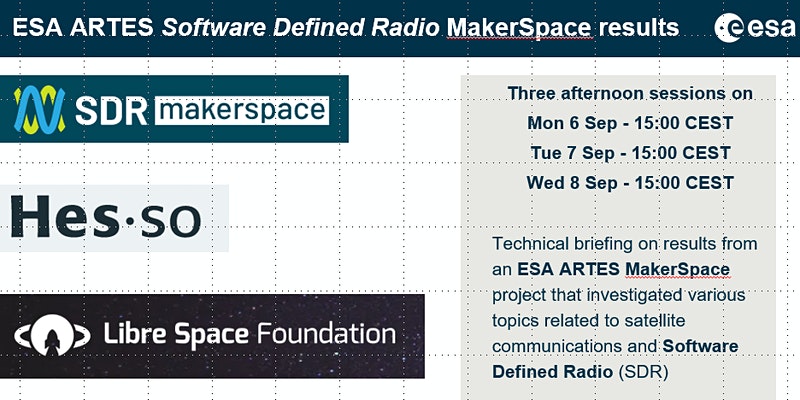
Join us for the Software Defined Radio makerspace results webinar in 6-8 September
SDRmakerspace is a European Space Agency activity implemented by Libre Space Foundation in collaboration with the Institute of Reconfigurable & Embedded Digital Systems (REDS) of the Haute Ecole d’Ingénierie et de Gestion du Canton de Vaud – HEIG-VD in Switzerland. The activity is part of the ARTES programme of the European Space Agency that supports…
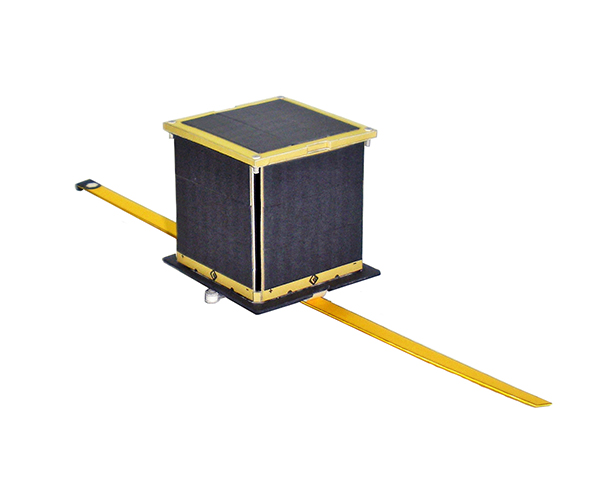
Building paper models of the Qubik twin satellite mission, as we get ready for launch
Firefly Aerospace a few days ago announced the successful static fire test of the Firefly Alpha launch vehicle on its launchpad, preparing for its inaugural flight. On the final stage of this rocket, Firefly Aerospace engineers have integrated PicoBus, Libre Space Foundation’s open-source hardware PocketQube class satellite deployer, hosting several satellites including Qubik 1 and…
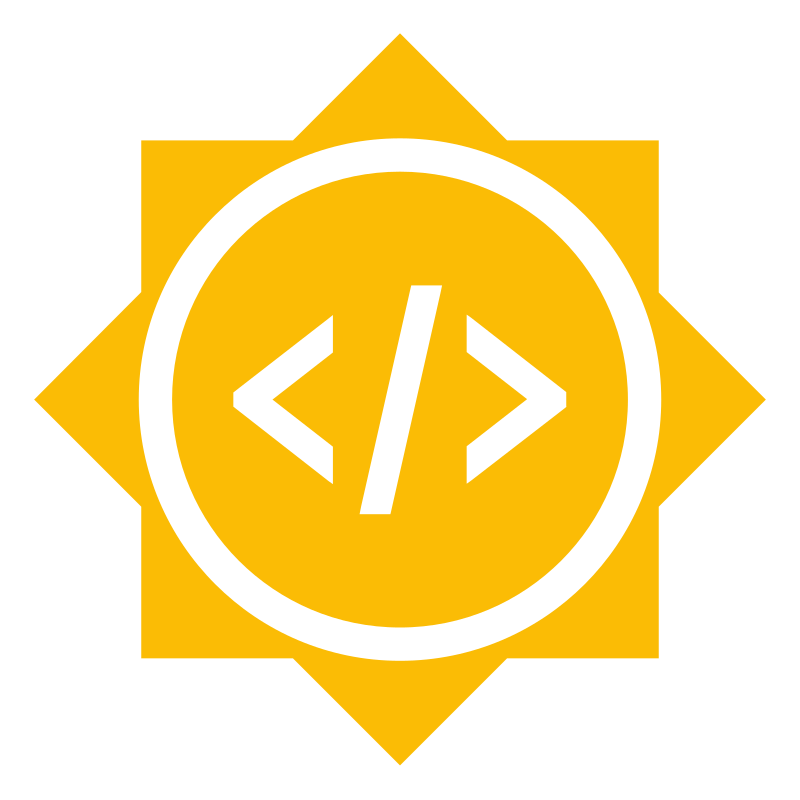
Google Summer of Code 2021: Announcing the three projects that will participate in the program with Libre Space Foundation
For the third year in a row, Libre Space Foundation is selected as a mentoring organisation for the Google Summer of Code program. The application period has now closed and the results are in!The three projects that will be participating in this iteration of the Google Summer of Code via Libre Space Foundation are the…
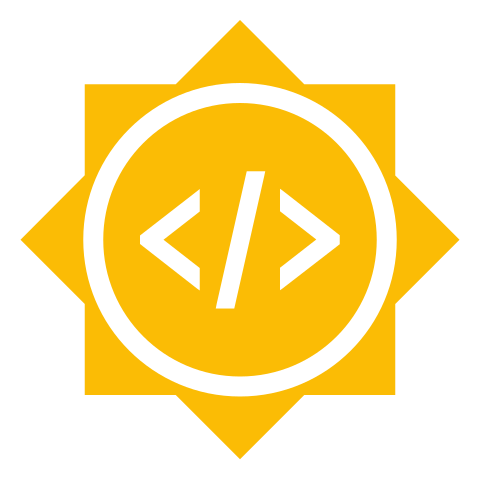
Call for students: Join us in building open-source space technologies through Google Summer of Code 2021
Google announced today that Libre Space Foundation is among the mentoring organizations of Google’s Summer of Code 2021. This selection provides opportunities for students that would like to work on open-source space technologies during their summer break and start participating in the Libre Space community. If you are an eligible student and interested in working with open-source…
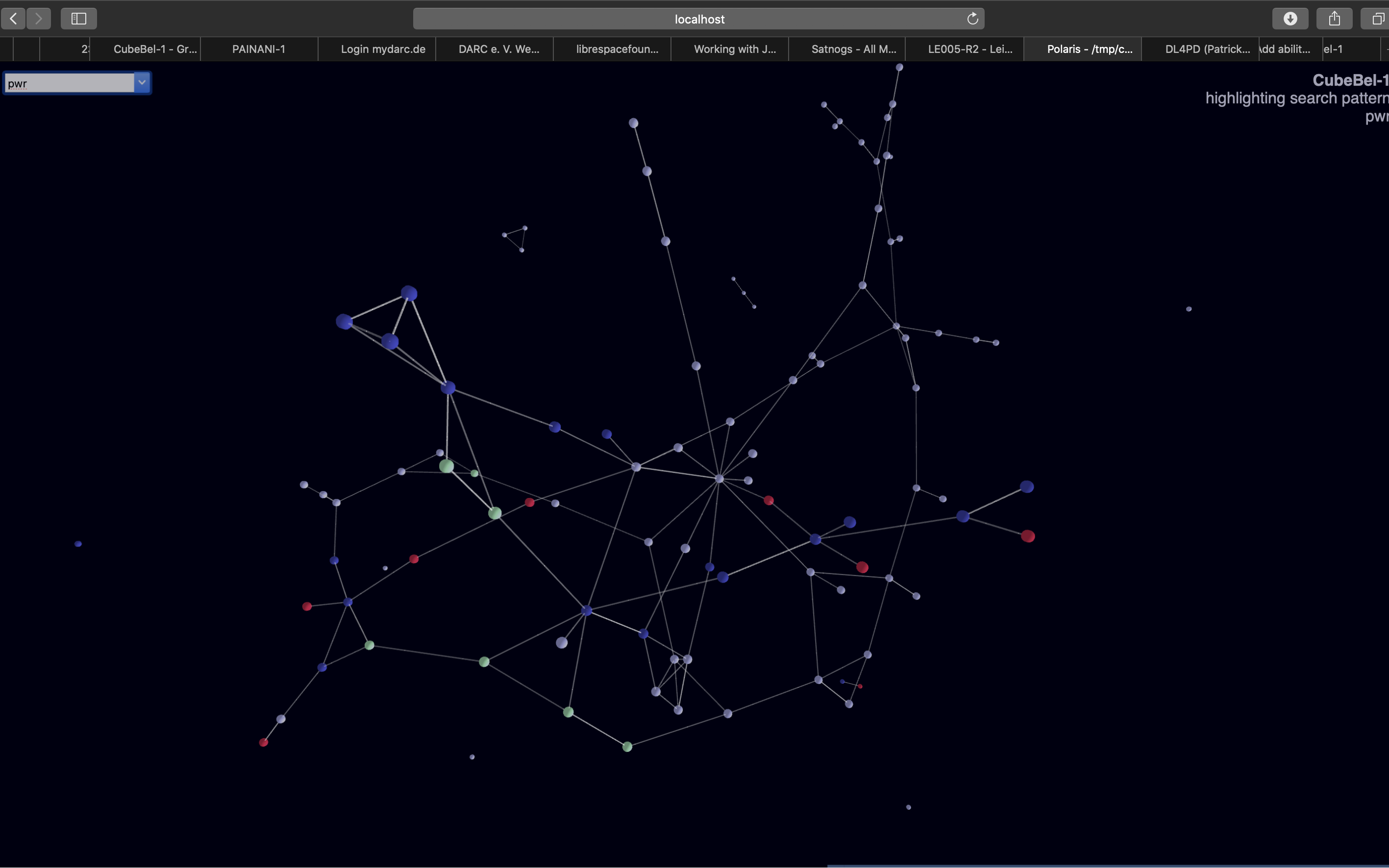
Deep Learning and Space Weather in GSoC’s 2020 Libre Space Foundation contributions
In May 2020, we announced that Libre Space Foundation would be mentoring two projects for the Google Summer of Code 2020. As the students are about to submit their final work, we would like to share with you an overview of their achievements/progress this summer. One of the GSoC proposals is to create a Python…
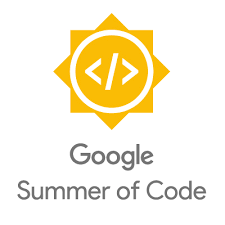
Call for students: join us building open space technologies through Google Summer of Code 2020
Google announced today that Libre Space Foundation is among the mentoring organizations of Google’s Summer of Code 2020. This selection provides opportunities for students that would like to work full-time on open space technologies during their summer break and start participating in the Libre Space community. Google Summer of Code is an annual program providing university students the…
Libre Space Foundation partners with Harvard’s Wolbach Library to launch Space Library funded by Sloan Foundation
The Wolbach Library at the Center for Astrophysics and the Libre Space Foundation recently received funding from the Alfred P. Sloan Foundation to create new infrastructure to support small satellite missions and enable public engagement with space technology. These efforts are part of the “Space Library,” a new multicomponent initiative at Wolbach that is working to…
Libre Space Foundation selected as a mentor organization for Google Summer of Code
We are excited to share the news that Libre Space Foundation is selected as a mentoring organization for Google Summer of Code (aka GSoC) 2019! As a result of this selection Libre Space has summer opportunities for university students who are interested in working on open-source space technologies. Google Summer of Code is an annual…
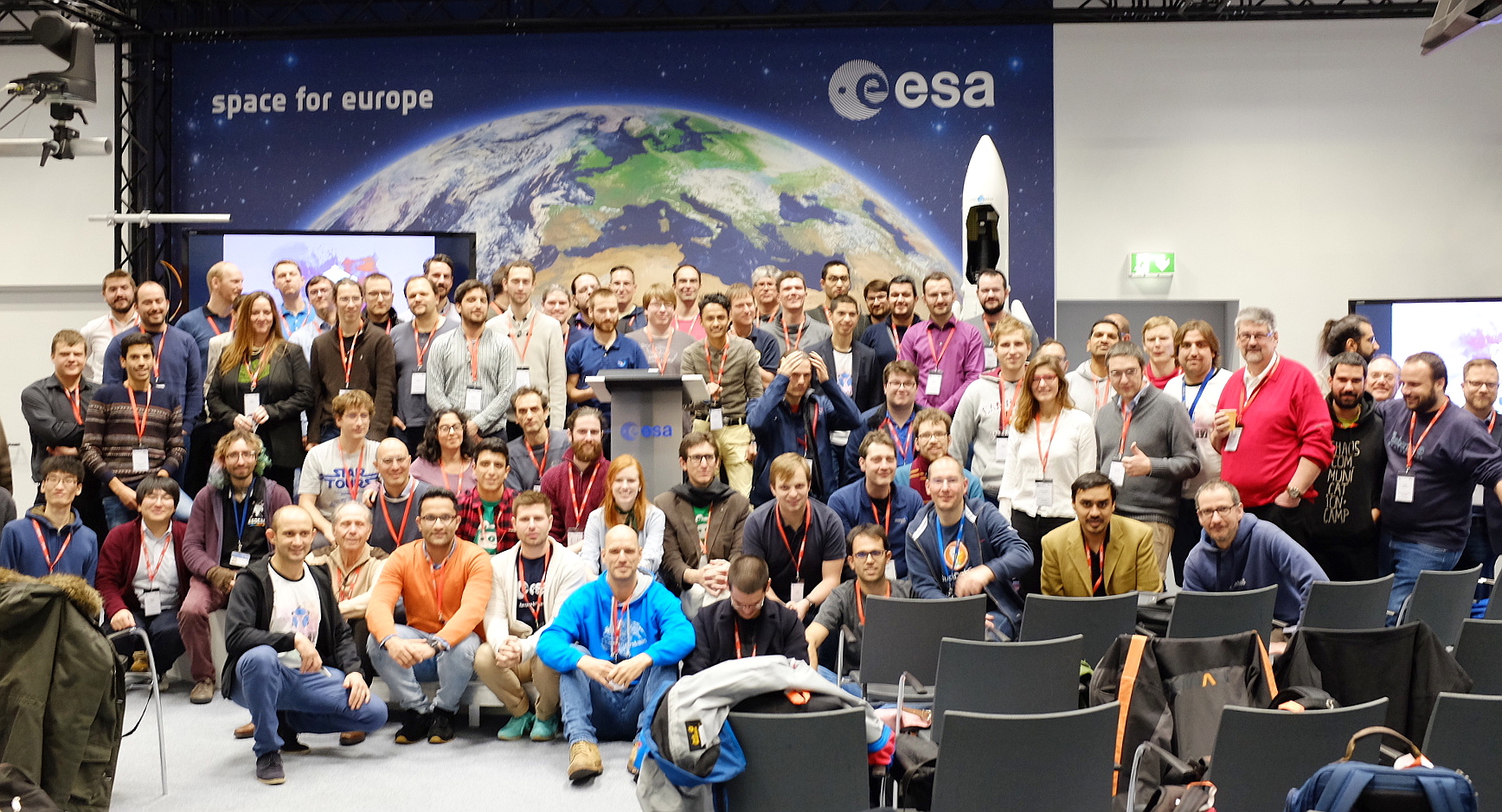
Open Source Cubesat Workshop ’17
A few days ago Libre Space Foundation, the Librecube Initiative and European Space Agency’s European Space Operation Center Cybernetics Team came together and co-organized Open Source Cubesat Workshop ’17 (or OSCW17 for short) at the European Space Operations Center Headquarters in Germany. For two days, the European Space Operation Center opened its doors to our…
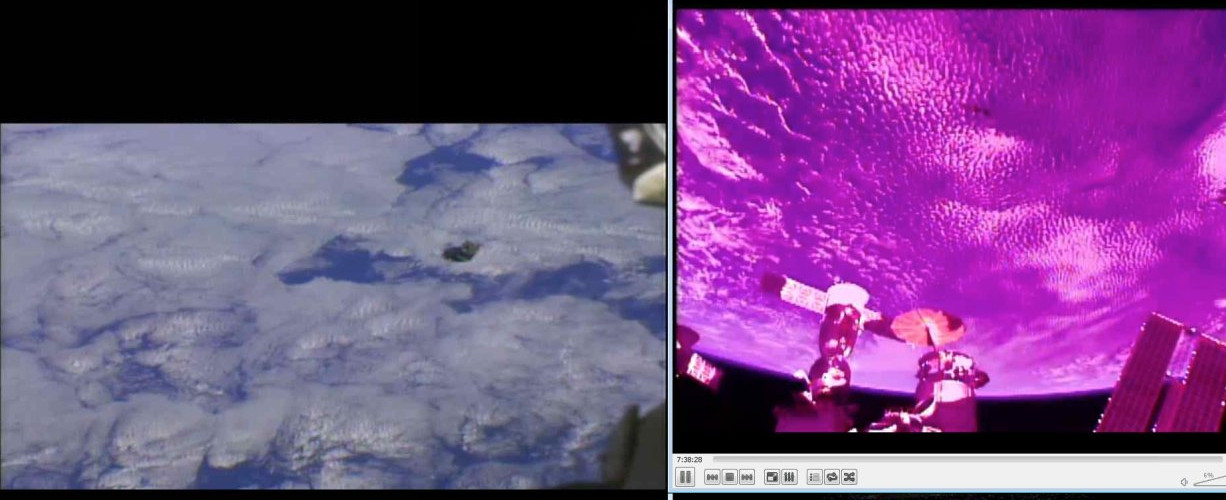
Successful deployment of UPSat, the first open source satellite
UPSat, the first open source hardware and software satellite, was released in orbit by NanoRacks deployer from the International Space Station at 08:24 UTC 2017-05-18. After 30 minutes, UPSat subsystems commenced normal operations in orbit. The SatNOGS open ground station network started receiving telemetry signals from UPSat in several ground-stations deployed globally shortly after its…
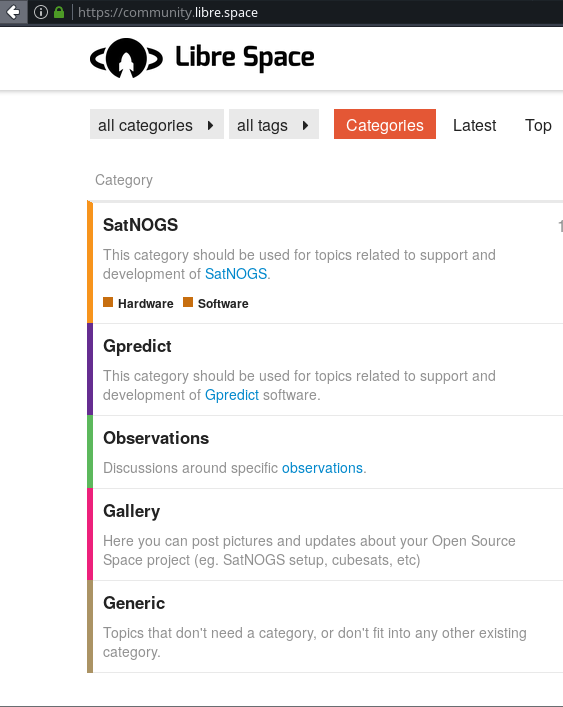
Libre Space Foundation has a new home – libre.space
A few days ago Libre Space Foundation got access to the “libre.space” domain due to a generous contribution of the original owner of the domain and member of the SatNOGS community Matt Carberry. We are looking forward to use this domain not only for Libre Space Foundation initiatives, such us SatNOGS and UPSat, but want…
Launch services for CANSAT Greece 2017
On April 19th 2017 Libre Space Foundation launched 5 High Power Rockets for 2017 CANSAT Greece student contest. The weeks prior the contest day, Libre Space Foundation electronics lab and workshop where open for the student teams who needed equipment not readily available in their school. Aiming to provide a scaled down satellite delivery and launch experience for students,…
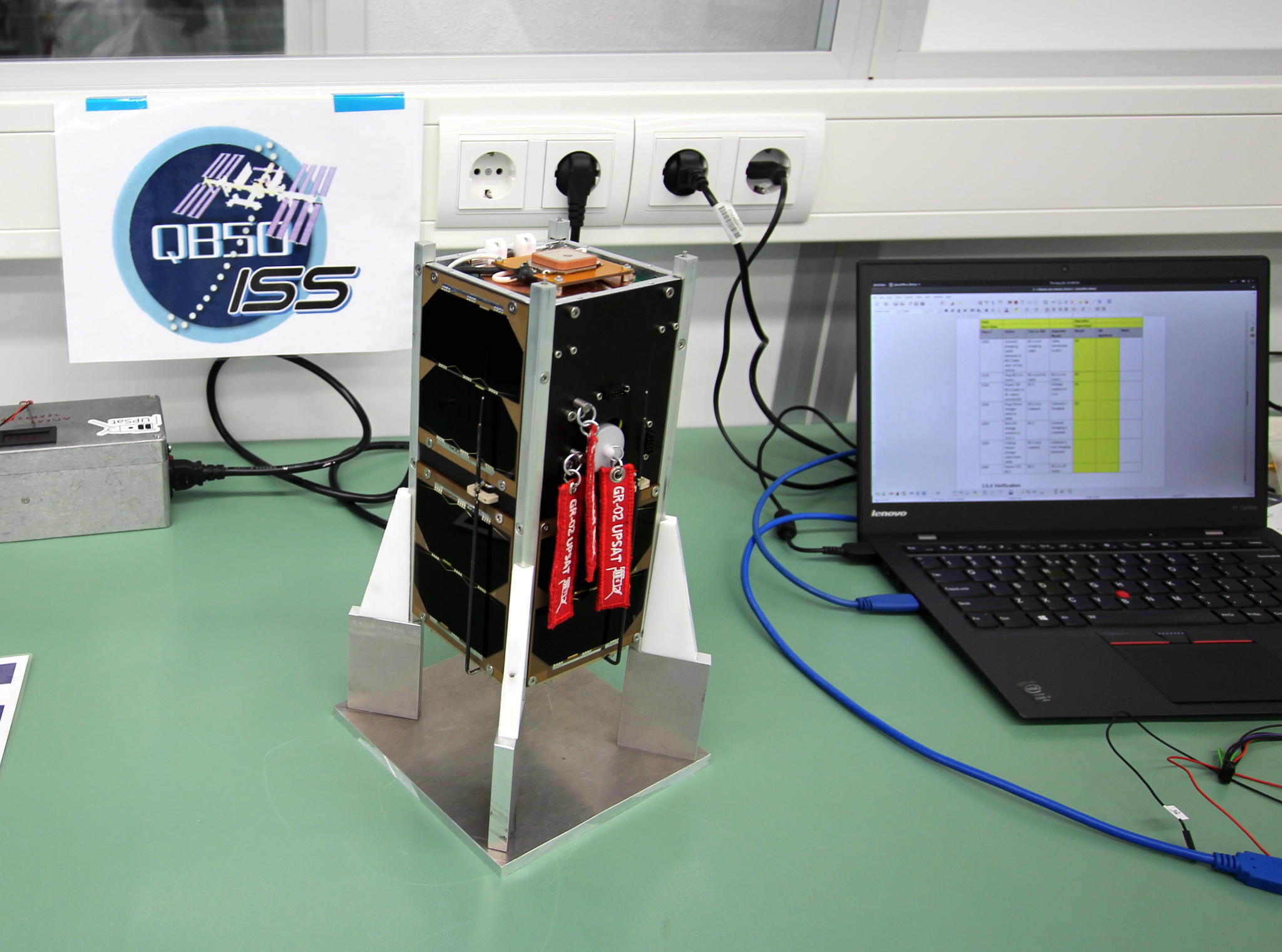
The first open source hardware satellite is delivered
The UPSat team of engineers is proud to announce the delivery of the first completely open source software and hardware satellite! A major step towards UPSat’s launch has being completed. Its successful delivery to Innovative Solutions In Space (ISISpace) took place on August 18th in Delft, Netherlands. UPSat is the first complete delivery to ISISpace…

SatNOGS core team creates Libre Space Foundation after winning the Hackaday Prize
One month ago in Berlin Hackaday announced SatNOGS as the Grand prize winner of the Hackaday Prize 2014. We are excited to see SatNOGS, the open source hardware and free software satellite ground station network, winning the recognition of the Hackaday Prize judges, the Hackaday staff and last but not least it’s awesome…